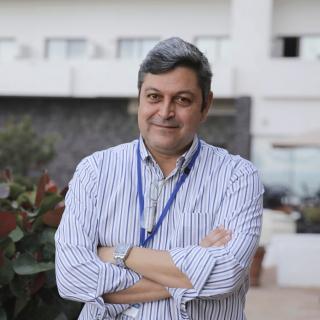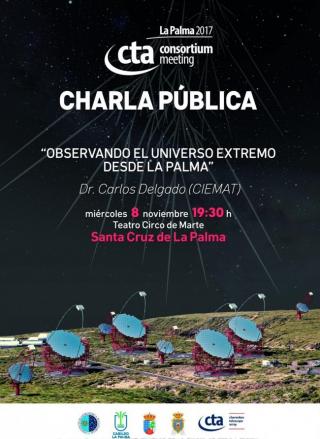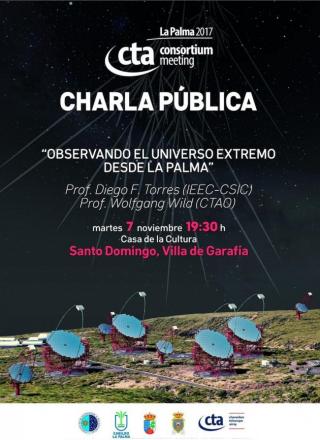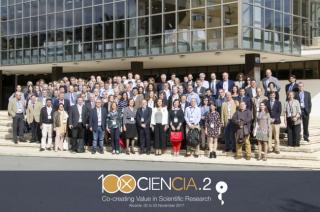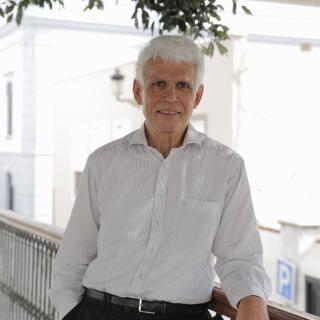
Esta semana se está celebrando en La Palma la reunión del consorcio CTA que tendrá, en el Observatorio del Roque de los Muchachos (Garafía, La Palma), su base para la observación del hemisferio Norte en rayos gamma. Aprovechando este encuentro, la Colaboración Científica CTA (Cherenkov Telescope Array) se ha puesto al día en cuanto al estado del proyecto, y su portavoz, Werner Hoffman, ha informado de algunos de los progresos más relevantes de los últimos meses. “ La Palma está más cerca de Europa continental y eso, probablemente, haya sido otro de los argumentos a favor de decidirnos por el
Advertised on
